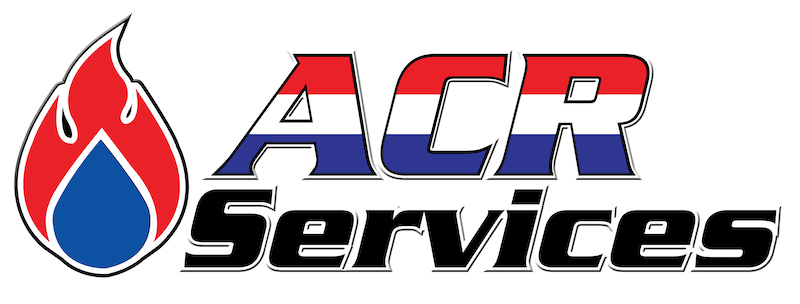Many people are surprised by the amount of water damage that can occur from even a small problem such as a bathtub spill or plumbing leak. One of the main reasons for this is that although harm begins right away it progresses slowly, hidden out of sight.
Flooding can come from a variety of plumbing issues such as a ruptured old pipe, leaking valve, burst water heater, or faulty appliance as well as from natural sources. Here in Southern California flooding is rare, but heavy rains do occur. So besides maintaining your plumbing, keep your gutters and down spouts clean and be sure that grading and landscaping cause water to flow away from your home or place of business rather than towards it.
What Sorts of Damage?
Water penetrates quickly and deeply into any porous building material. That includes carpet and padding, wood flooring, and sub-flooring. It can also wick up walls, as far as a foot or more. Although you may be able to quickly dry out surface wetness,there will still be lingering moisture within and under the carpet and inside of walls.
In as little as 24 hours excess moisture can lead to extensive mold growth. That can be completely unseen, as mold is a type of fungus that doesn’t need light to grow. But wherever it is, it can quickly pose a serious health hazard and slowly damage many building materials. Moisture itself causes wood to swell, warp, and split with the potential even for structural damage. Most drywall (such as sheet rock and gypsum board) also swells, and then disintegrates. Even with prompt water damage removal it’s often necessary to replace the lower parts of interior walls along with the carpet and padding.
What You Should Do?
If the source is a plumbing fault, the first step of course is to shut off the water supply using the valve at the water meter near the street or near the supply entrance to your building. The next step is to shut off electricity to the area to remove the shock hazard. If the source is a backed up toilet or sewer, your do-it-yourself efforts stop here. Only professionals with proper protection should deal with those unsanitary conditions. Otherwise, drain or pump out any standing water. Then remove furnishings, draperies, and possessions so that they can dry out faster. For minor flooding affecting only part of a room you can then use a towel or other absorbent material with pressure from your hands or feet to soak up as much wetness as possible. You may want to lift up part of the carpet to speed drying and consider renting a wet-vac. For anything more than a limited area you really need professional water damage restoration. Otherwise the odds are against you and you’re likely to face serious mold and expensive damage a few days or a couple of weeks down the line. By the time your realize it, it’s already to late.
Professional Water Damage Removal
Time is of the essence, so call certified experts such as those at ACR Services immediately. Sometimes even a few hours can make a difference in how much water damage restoration has to be done. We’re available 24/7 for emergency service with a certified, thoroughly trained, and experienced crew.
Our powerful pumps remove exposed water as quickly as possible, then our special extraction equipment removes as much remaining wetness as possible — sometimes as much as twice that of wet-vacs. Then our expertise really comes in to play when we deploy powerful air movers, refrigerant dehumidifiers, and other specialized equipment to dry out deep-down moisture. Professionals like us can cut several days off that all-critical time to get the structure and contents down to acceptable moisture and humidity levels. And we’ll continually monitor the situation to be sure that everything is proceeding as fast as possible and that structural drying is complete before we leave. We’ll wrap up with mold remediation and odor treatments and any needed water damage restoration repairs.

